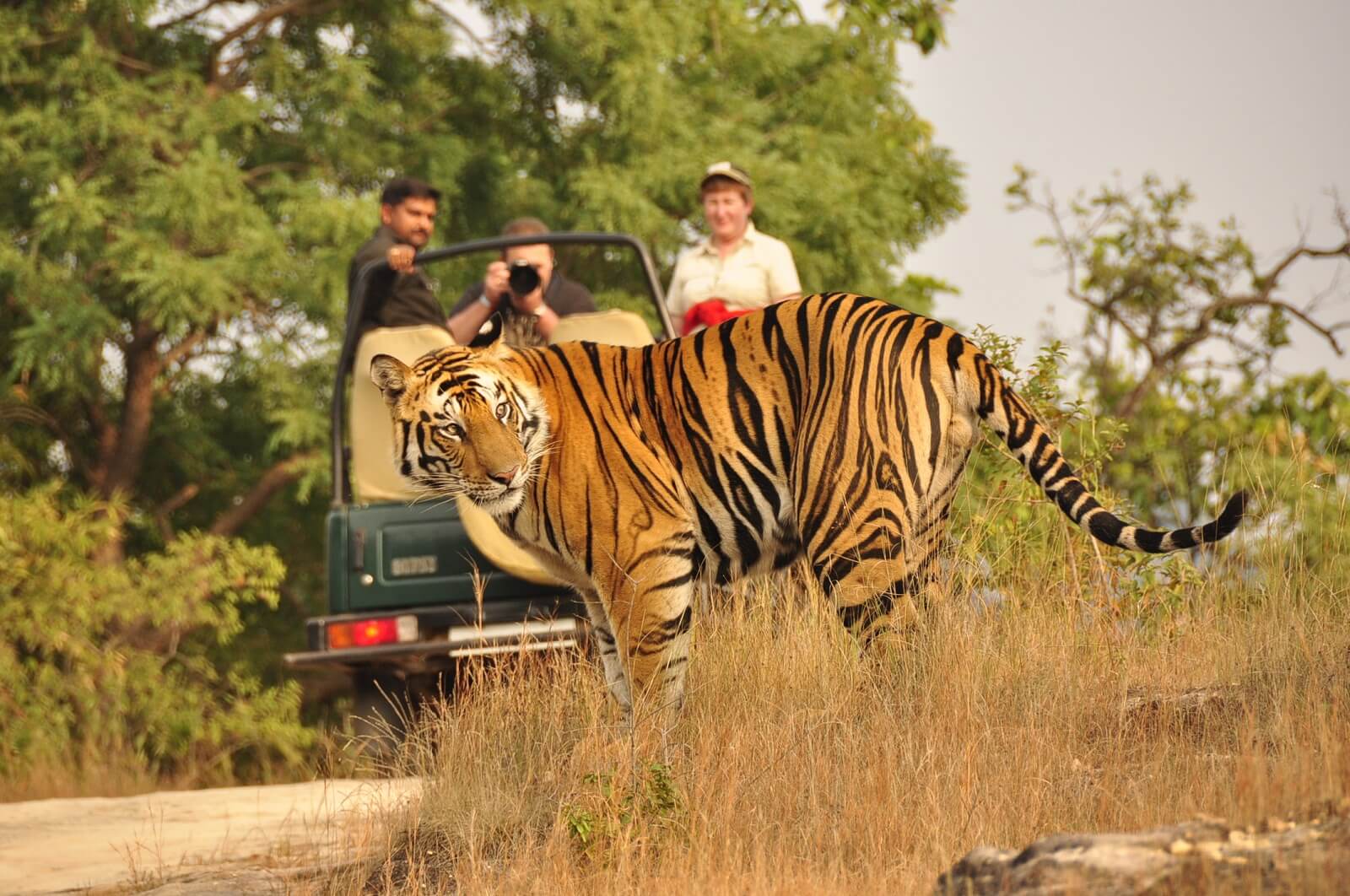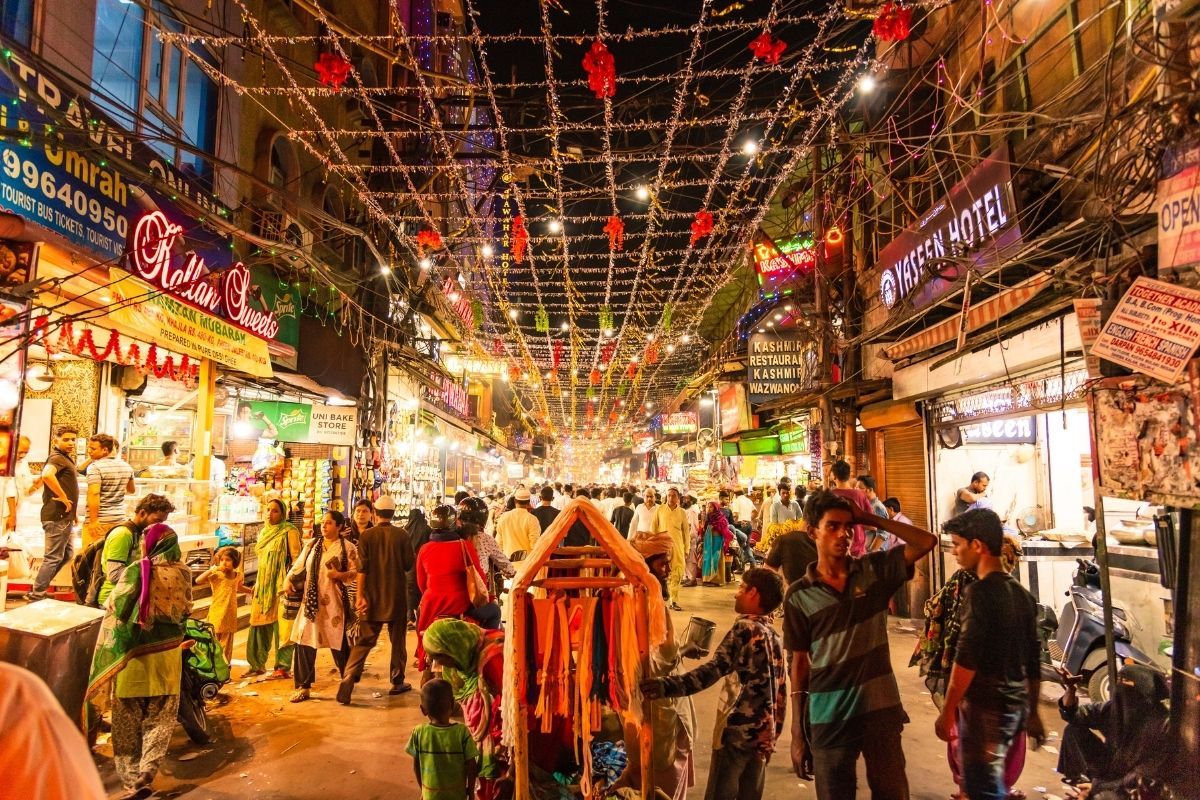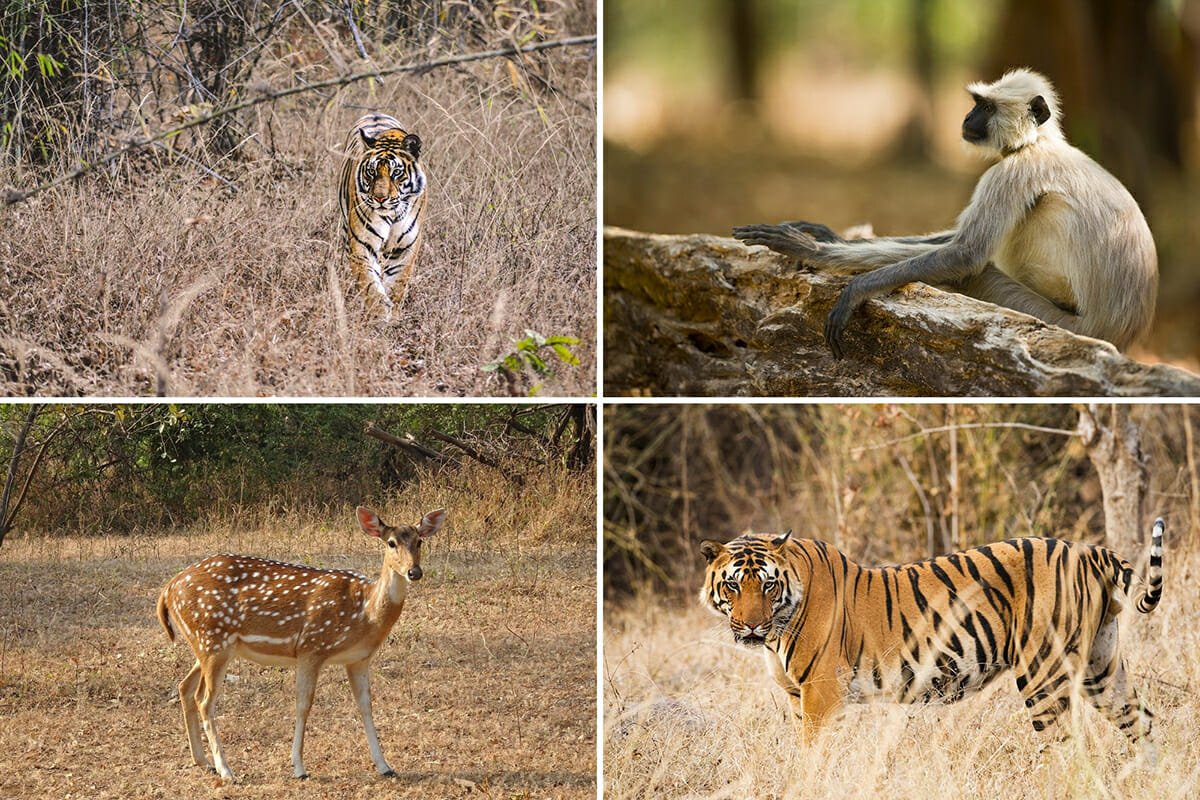Unmissable Highlights of South India
by
India is an incredible land of diversity. South India is a perfect example of India’s rich diversity with its beautiful geography, culture, history, heritage and travel experiences. The land is flanked by Arabian Sea, Bay of Bengal and Indian Ocean, hence some of the most beautiful beaches. Scenic hill stations are nestled in the Western Ghats and Eastern Ghats. Kerala’s’ unique backwaters are also a treasure of South India. Besides, the land has been home to ancient empires, and breath-taking temples, while foreigners arriving to the shores of India have also settled in the land leaving behind their legacy. The vast region has some of the most amazing holiday experiences that one vacation certainly falls short.
So, when making plans for South India tours, here are the unmissable highlights.
Backwaters of Kerala
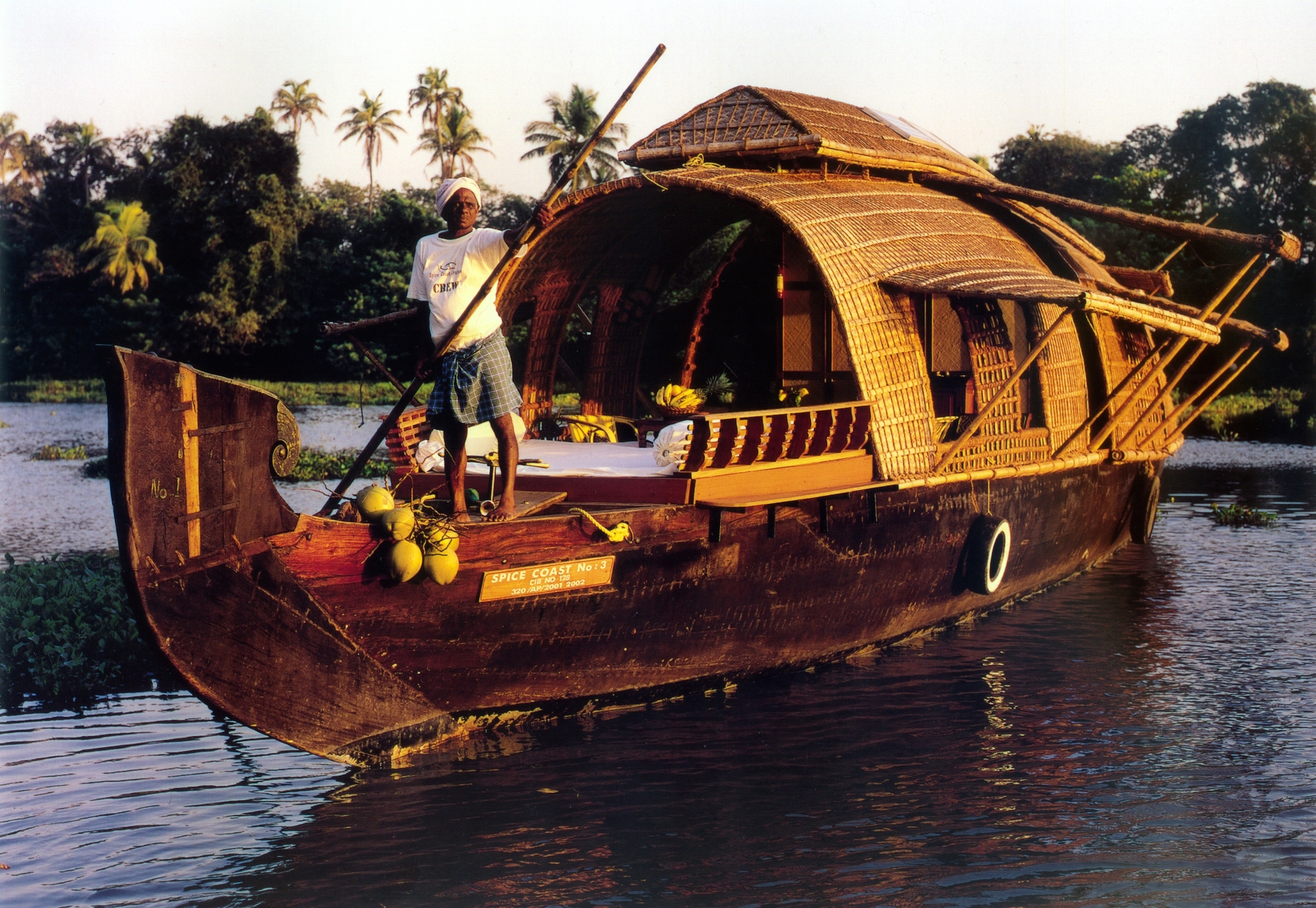
A unique nature’s blessing, the Backwaters of Kerala are a delight. Formed by a network of lagoons, rivers, lakes and water bodies, these unique ecology can be explored on a traditional houseboat. Be it an overnight stay on a houseboat or a day cruise, you can enjoy the beauty of the lush greenery, the placid waters and thriving birds and animals. Any Kerala tour is incomplete without a houseboat cruise of the backwaters.
Royal Palaces of Mysore
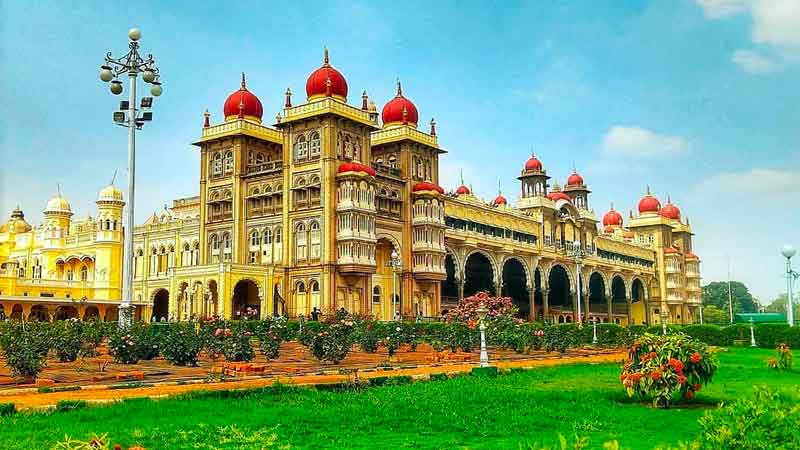
A city of palaces, royal Mysore is a treasure of incredible architecture. Nestled in the lush hills of Western Ghats, the city has the incredible Mysore Palace and the amazing Mysuru Dusshera that makes it a place to definitely visit. Explore the intricate craftsmanship of the royal palaces.
Scenic bliss of Ooty
.jpg.jpg?1589200334)
A popular hill station of the Western Ghats, Ooty enjoys the bliss of Nilgiris. Nestled amidst lush tea gardens, the town is beautiful with specimens of British architecture. The best part about Ooty is the ride on the Nilgiris Toy Train, a UNECSO World Heritage Site.
Ancient ruins of Hampi

A UNECSO World Heritage Site, the ruins of Hampi are the remnants of the grandeur of the Vijayanagar Empire. Set on the banks of the Tungabhadra River, the historic town is a treasure of heritage sites. Walk through the ancient ruins and experience the historic feel.
UNECSO World Heritage Site of Mahabalipuram
South India has many of the impressive UNESCO listed heritage sites. Mahabalipuram, the coastal town is a testimony to the grandeur of the Pallavas, an empire that was once the pride of India. Here too, explore the majestic architecture, intricate craftsmanship and relive the days of the past.
Pray at the UNESCO listed Great Living Chola Temples
Temples of South India are some of the most beautiful architectures in India. Besides being centres of religion and traditions, these masterpieces serve the testimony to the finest craftsmanship and dedication of the rulers of the yore. The Great Living Chola Temples are some of the wonderous temples that has an unmissable legacy.
Soothing traditional Ayurveda treatments

South India is believed to be the land where Ayurveda finds its roots. The ancient of wellness works wonders to date. Traditional treatments, the use of nature’s produce and professional services, makes Ayurveda one of the best experiences while traveling in India.
Bask in beaches of South India
Goa’s beaches have a legendary reputation among visitors in India. Just as beautiful are the several other pristine beaches lining India’s south western shoreline. Coastal jewels such as Marari Beach in the heart of Kerala, the lesser known Neeleshwar and Kasargod, and Gokarna beaches offer quieter alternatives to ever-popular Goa for your leisurely South India vacation.
Wildlife Wonders in South India National Parks

South India tours takes you deep inside vast, untamed wildernesses that are home to thousands of animals and birds. Elephant hordes, spotted deer and peacock peeks in Nagarhole. Wild boars grunt past your safari jeep, and crocodiles bask in the sunshine on odd winter days at Kabini. In Bandipur National Park, spot tigers or elephants. Spend your days enjoying safaris in the wild and your evenings gathered around bonfires at stylish lodges. Or while away time in Periyar, watching giant herds of elephants frolic by the waterside all day. Unique wildlife experiences await on your South India vacation.

